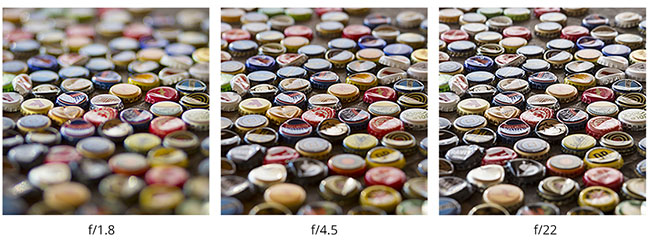Thank you ILya for that informative presentation. I get a lot out of your little videos. Maybe you can touch on a couple other subjects that tend to come up related to parallax and focus:
Forgiving parallax - the situation where some scopes make it very difficult to get precise parallax correction whereas other scopes are parallax free throughout a pretty broad range. While I really like March scopes, they do tend to have finicky parallax and you have to be a little more precise with your adjustments with the 3-24x series. I have experienced that my parallax on my AMG is much more forgiving and in fact, if I recall correctly, when Frank reviewed the AMG he mentioned that he shot a competition with it where he left it on one setting and shot both short range and long range targets the rest of the day without having to adjust parallax. So my question is this, why are some scope designs more forgiving when it comes to parallax adjustment and do higher magnification erector assemblies tend to have more of an issue vs. lower magnification (8x vs 4x).
Diopter - The idea behind the diopter is to get the reticle to be in focus when you are looking through the scope. Because FFP scopes are more finicky than SFP scopes in regard to reticle sharpness it is especially important to setup the diopter appropriately. There is a sticky on the scope forum here for setting up your diopter appropriately (and I have seen that recommendation in manufacturer's manuals as well - yes, I often do read through those manuals even though I'm a guy

); however, I have had issues with this at times in that my eyes seem to tell my brain that the reticle is in focus through a broad range of the dioptric adjustment. My expectation is that it would be obvious, kind of like using the parallax as a side focus and seeing when the image is in good focus, but it's not obvious to my eyes which gives me false positives when I'm setting the diopter. Maybe it's the fact that I have 20/15 vision or that I'm getting older and my eyes are lazier (thought it would seem the opposite would be at play), I don't know but I have found this method to be difficult. My question is this, what exactly is the diopter adjusting to get that reticle to be sharp and why is it different for each person? Is it similar to reading glasses where it is adjusting to correct for the fact that I cannot focus on close objects like I used to?
When
hk dave posted his comparison of the TT, Minox, Nightforce, Schmidt and Vortex Gen II he mentioned the very same thing I experience with the diopter setting where my eye seems to adjust very quickly thus making it difficult when I quickly look through the scope and look away for 5 seconds. I have learned that tweaking the diopter after setting parallax properly and looking at an image (not the sky or white backdrop but at an actually object) at different distances actually helps me set the diopter (or reticle) more accurately, why is this? I have also observed where a diopter that is adjusted in the extreme can actually distort or blur the image some, if the diopter is purely for making sure the reticle is sharp, how does it distort the overall image if not setup properly?
When I first receive a scope it takes me some time to get the diopter/reticle setup correctly and I wonder if others experience this issue? I also wonder if maybe more issues that we hear on threads about scope X being better than scope Y when it comes to overall clarity may be affected by an improperly set diopter?



